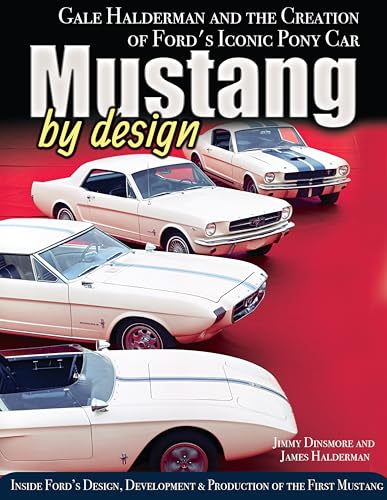high timing at idle is not a real issue because there is no load. the determination for a real problem will be if you hear the engine ping/detonate(which you can if you have a problem)
the second the motor starts to load down the vac drops, reving the motor in park or neutral in the driveway and watching the timing go to 56 degrees as example tell you nothing.
it is what the car does when actually driven that tell you if you have too much timing.
the first thing you do with timing is disable the vacuum advance.
check mechanical advance and see how the car is running.
if you are pinging on the mechanical then you have a few options
1) lower timing
2) add more fuel
3) adjust the springs on the mechanical to change the advance delay.
4) reduce mechanical range(install a rubber vacuum hose piece on the stopper.
once mechanical is sorted then you bring in vacuum advance.
on the vacuum advance you have adjust ability with an a replacement diaphragm.
additionally there are Vacuum delay devices that can be installed inline to the advance that basically start to simulate ported type of vacuum.
seeing the motor rev'd to 4000rpms in the driveway with timing going to 40-50 is again ok as there is NO load on the engine.
you would want to disconnect the vacuum advance and repeat the same test on mechanical only to get a real indication of your timing end point. the issue is heavy load and high timing, like stomping on it 0-100mph and you miss a shift go to red line on heavy load and grenade the engine. at WOT(wide open throttle) the vaccum is going to be low so vacuum advance will turn off and you will be on pure mechanical advance that is where you would like to see the timing at 30-38 degrees.
once sorted out with mechanical you start adjusting the vaccum advance until the engine starts to ping then back off 2 turns for a good safety margin.
as for what to listen for, it literally sounds like you took marbles and threw them into the muffler, you get this TATATATA noise. you will then start to get lean misfire you stomp on it and the engine cuts off then suddenly goes. that is the motor going lean, if you kept going next would be massive carb backfire usually blowing off the air cleaner and then you start to damage pistons.
the opposite end of the spectrum is going super rich then when you stomp on it the engine goes, cuts off then goes, and either you blow massive Black smoke out the tailpipe or massive backfire out the tailpipe.
so rich tailpipe backfire, lean carb backfire.
carb backfires are really scary especially when you are standing over the carb making an adjustment and you blip the throttle and lose eyebrows and go deaf.





















































